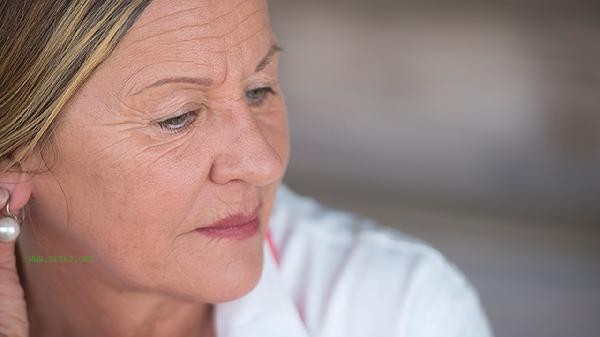Female menopause is suitable for exercises such as yoga, brisk walking, swimming, Tai Chi, and resistance training. These exercises help alleviate menopausal symptoms, enhance bone health, improve cardiovascular function, and regulate emotions.

1. Yoga
Yoga helps alleviate common menopausal hot flashes, anxiety, and insomnia through soothing postures and breathing exercises. The movements of downward dog, cat cow, and baby can relax the spine and pelvic area, and improve discomfort caused by hormonal fluctuations. Regular practice can also enhance the strength of the core muscle group and prevent the risk of osteoporosis caused by decreased estrogen levels.
2. brisk walking
Doing brisk walking several times a week can effectively improve cardiovascular function and promote metabolism. Daily brisk walking for menopausal women can help control weight gain and reduce the risk of cardiovascular disease. It is recommended to choose flat areas such as parks or playgrounds, wear shock-absorbing sports shoes, and maintain a moderate intensity of sweating without wheezing.
3. Swimming
Water sports have low joint pressure and are suitable for people who may experience joint pain during menopause. Breaststroke and freestyle can exercise the muscles of the whole body, and the buoyancy of water can reduce the burden on bones. The temperature regulation mechanism is activated during swimming, which helps improve vascular relaxation and reduce the frequency of hot flashes.

4. Tai Chi
The slow and smooth movements of Tai Chi combined with deep breathing can regulate menopausal symptoms caused by autonomic nervous system dysfunction. Cloud hand and bird tail pulling techniques can enhance lower limb strength, improve balance, and prevent falls and fractures. Its meditative properties can also reduce psychological stress and improve sleep quality.
5. Resistance Training
Resistance training using elastic bands or small dumbbells can stimulate bone cell activity and delay bone loss. Squatting, buttock bridging, and other movements can strengthen the muscles of the thighs and buttocks, and improve muscle strength decline caused by reduced estrogen levels. It is recommended to train several times a week and start with light loads to avoid sports injuries. Menopausal women should follow the principle of gradual exercise and avoid high-risk movements such as vigorous jumping or rapid twisting. Warm up and stretch before and after exercise, and replenish water and calcium in a timely manner. Patients with combined hypertension or osteoporosis should consult a doctor to develop personalized plans. Maintaining exercise habits several times a week, combined with a balanced diet and sufficient sleep, can significantly improve the quality of life during menopause. Wear breathable and sweat absorbing clothing during exercise, choose cool periods in the morning or evening, and pay attention to monitoring heart rate changes. If you experience discomfort such as dizziness and chest tightness, stop exercising immediately and seek medical evaluation.





Comments (0)
Leave a Comment
No comments yet
Be the first to share your thoughts!